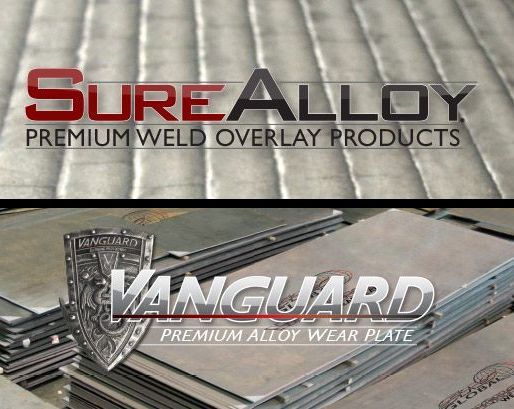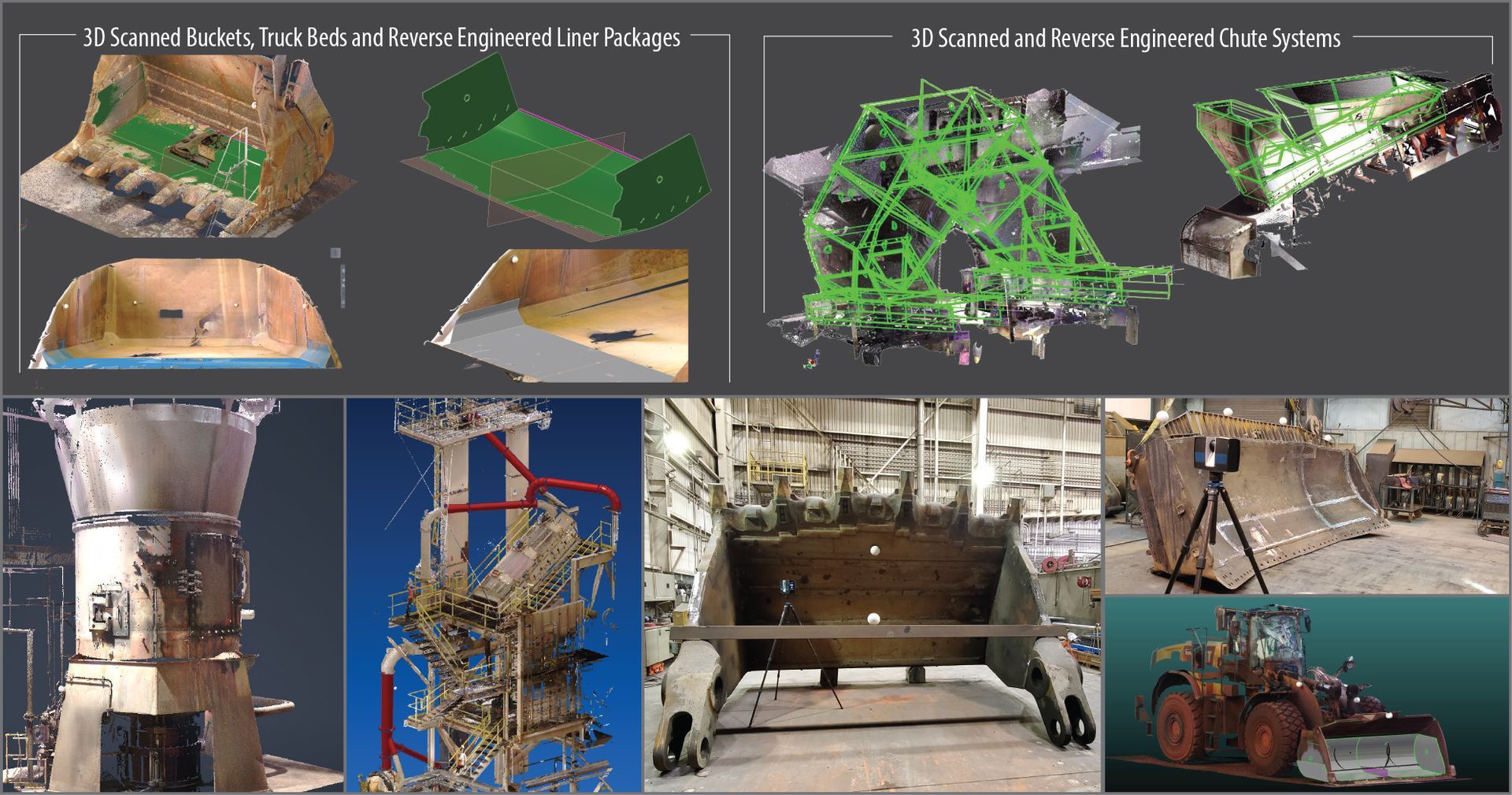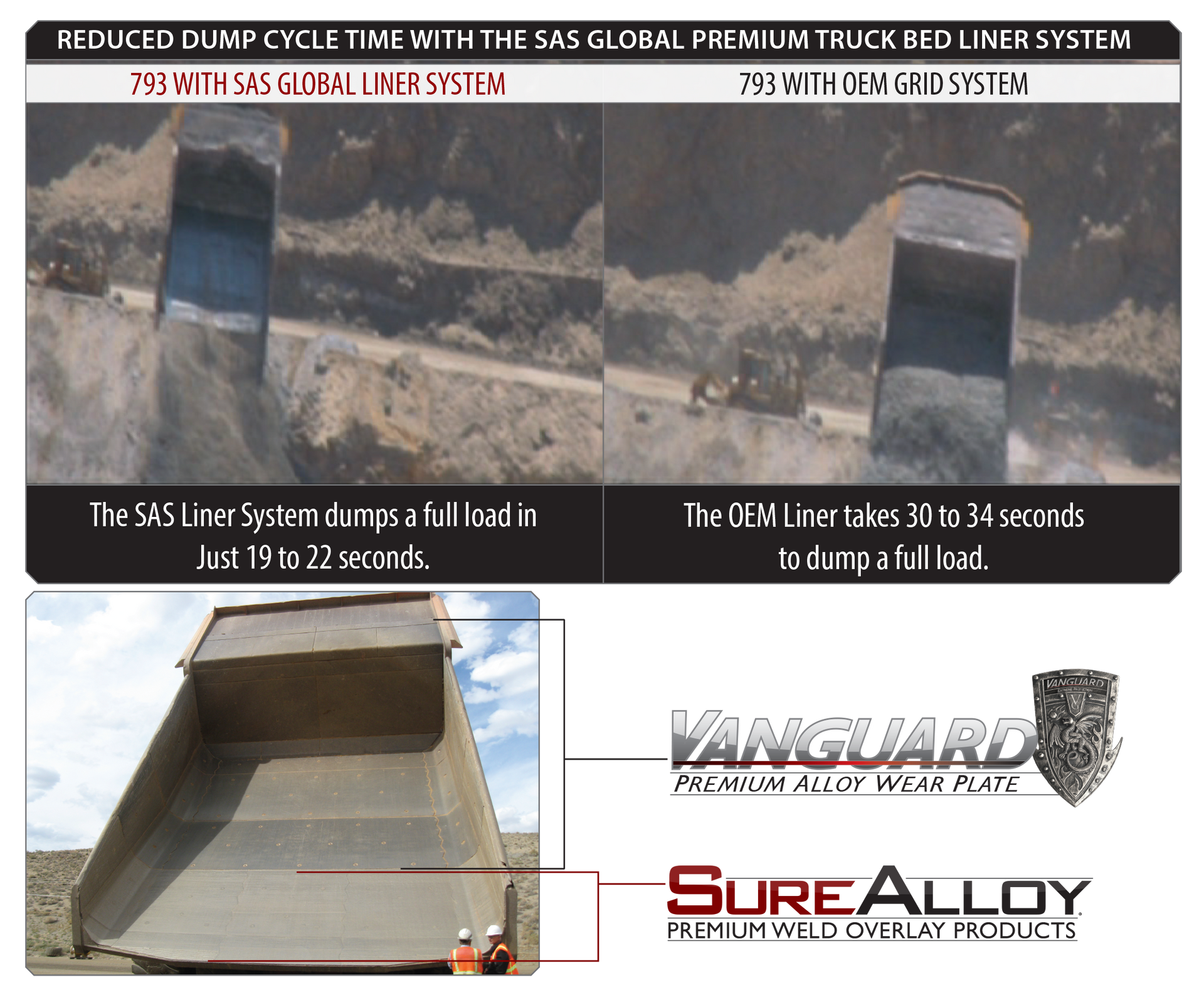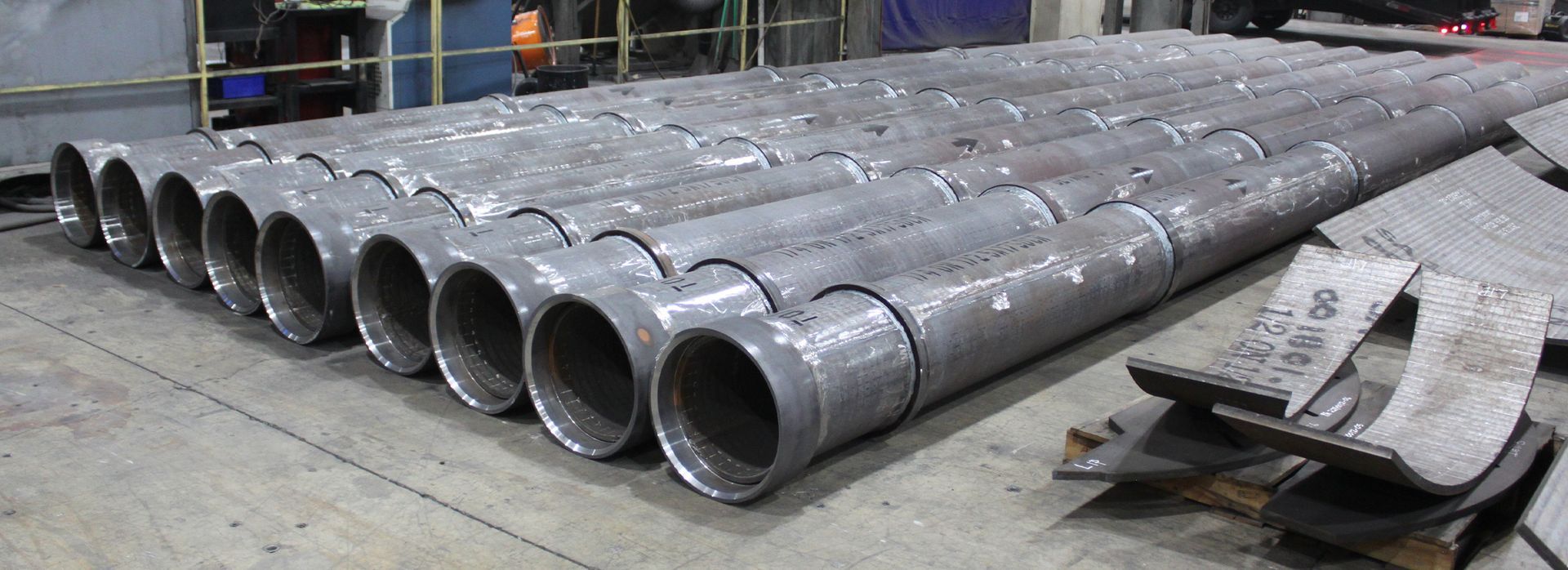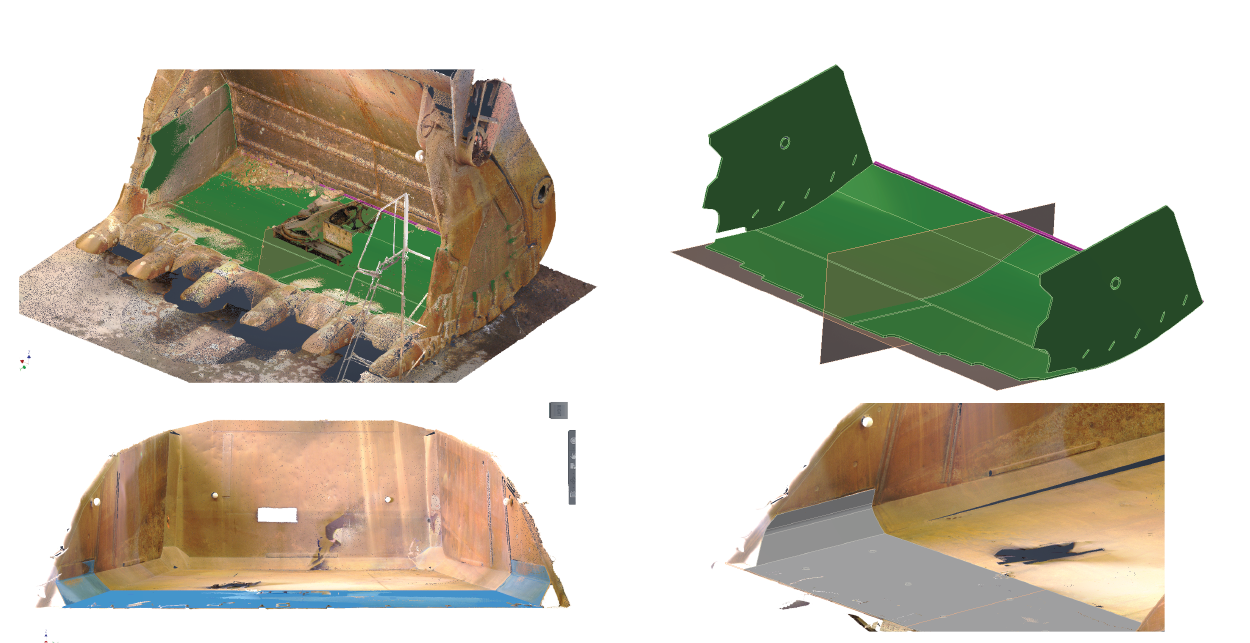Paving the Way to Perfection:
Why High-Quality Chromium Carbide Overlay
Screed Plates Matter
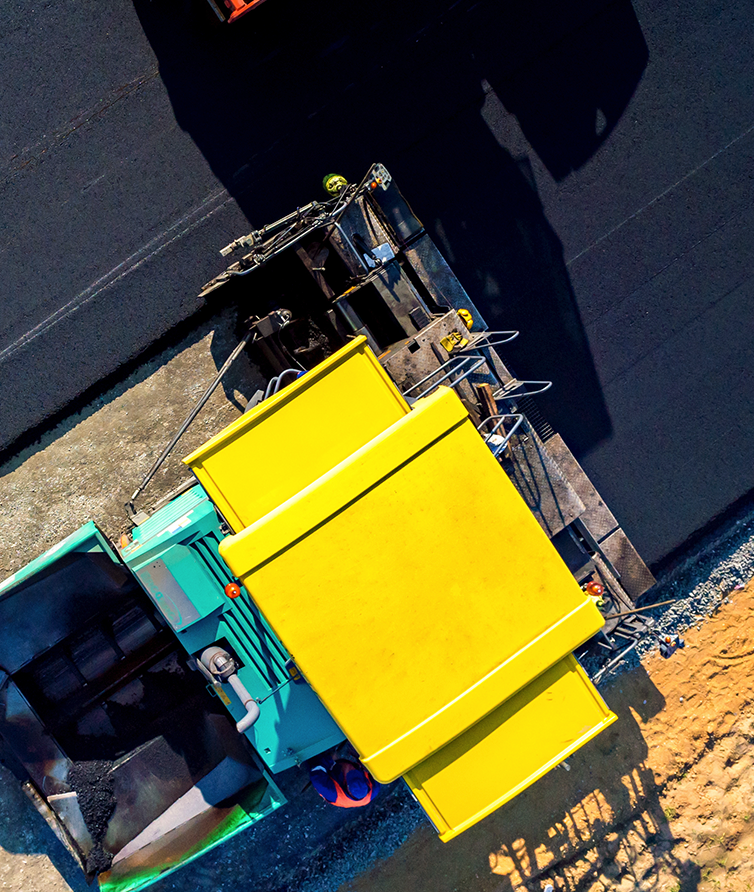
When it comes to asphalt paving, consistency is king. Contractors know that the final rideability and surface finish of a paved road often comes down to one critical component: the screed plate. While much attention is paid to the mix, temperature, and rolling techniques, the wear surface that glides across the hot mix—your screed plate—can be the silent difference between a job that earns callbacks and one that earns awards.
Not all screed plates are created equal. If you're still running mild steel or standard wear plates, you're leaving performance and money on the table.
The Role of the Screed Plate in Asphalt Paving
The screed plate is the finishing touch of your paver. It levels and compacts the asphalt as it exits the augers, shaping it into a uniform mat before rolling. Any inconsistencies in the screed—whether it's warping, surface roughness, or uneven wear—can translate directly into surface defects, ruts, and long-term road quality issues.
Why Chromium Carbide Overlay Makes a Difference
Enter Chromium Carbide Overlay (CCO) plate technology. Specifically engineered for extreme wear environments, CCO plates offer a dramatically longer service life than traditional materials. Here's why high-quality, smooth-surface CCO plate is the superior choice for screed applications:
1. Extended Wear Life
The abrasive nature of hot mix asphalt—especially with the use of RAP and polymer-modified binders—eats through mild steel plates fast. A properly engineered CCO plate can outlast standard steel by 5 to 10 times, drastically reducing downtime for maintenance or replacement.
2. Smooth Surface = Smooth Mat
One of the biggest advantages of using a
flat and smooth Chromium Carbide Overlay plate is its direct impact on surface finish. A smooth screed plate allows for uninterrupted glide across the mat, reducing drag, preventing material build-up, and eliminating streaks or chatter in the finished surface.
3. Consistent Heat Distribution
High-quality CCO plates with engineered smoothness also maintain better thermal consistency across the screed. This helps maintain the optimal working temperature at the plate-to-asphalt interface—critical for achieving compaction and finish quality.
4. Lower Friction, Less Stickage
Asphalt is sticky. A rough, pitted, or warped plate can catch material, creating drag marks and uneven thickness. Smooth CCO plates reduce friction and prevent build-up, resulting in cleaner transitions and uniform thickness throughout the paving run.
5. Reduced Machine Load and Fuel Consumption
With less drag and smoother mat contact, the paver requires less force to pull the screed across the asphalt. This not only improves paving efficiency but can also contribute to lower fuel consumption and reduced strain on your paving machine.
6. Lower Total Cost of Ownership
Yes, CCO plates cost more up front. But when you factor in fewer replacements, less downtime, better surface quality (which means fewer rework requests), and improved paver efficiency, the return on investment becomes crystal clear.
Choose Quality That’s Proven:
SureAlloy® Screed Plates
by SAS Global
When it comes to screed performance, not all carbide overlays are the same. SAS Global Corporation’s
SureAlloy® brand of Chromium Carbide Overlay Plates are engineered with a flat, ultra-smooth surface finish specifically suited for asphalt applications. Manufactured under tight quality controls, SureAlloy screed plates deliver unmatched wear resistance, mat smoothness, and consistency—helping you pave with confidence, job after job.
Whether you're bidding highway jobs, commercial lots, or municipal streets, upgrading to SureAlloy screed plates is more than just a wear solution—it's a performance upgrade.
Contact SAS Global today to learn more about SureAlloy screed plates and how they can help you pave the way to better results

